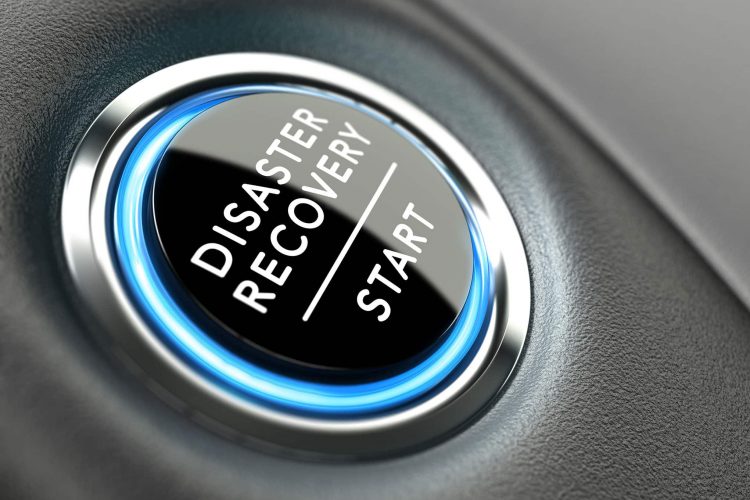No one ever wants to think about what would happen if a natural disaster struck their home or business. But the truth is, it’s better to be prepared than to be caught unaware. Having a disaster plan can help to minimize the damage caused by a storm, fire, or other catastrophe. By taking the time to develop a plan and practice it regularly, you can ensure that everyone knows what to do in case of an emergency. Your plan should include steps for evacuating the premises, contacting emergency services, and accounting for all individuals in your care. When practiced regularly, your disaster plan can help to keep everyone safe in the event of an emergency.
Creating a disaster plan doesn’t have to be complicated or time-consuming. Just follow these simple steps and you’ll be ready for anything:
- First, choose a meeting place for your family or roommates in case you’re separated during an emergency. It could be a friend’s house, a nearby park, or even a public building like a library or community center. Make sure everyone knows where to go and how to get there.
- Next, put together a disaster supply kit. Include things like food, water, first-aid supplies, and any prescription medications you might need. Keep the kit in an easily accessible place so you can grab it and go if you need to evacuate in a hurry.
- Finally, familiarize yourself with your local emergency services and evacuation routes. Know where the nearest hospital is and how to get there. And if you live in an area that’s prone to hurricanes or floods, make sure you know the safest route out of town.
It’s important to know how to stay safe during and after a disaster. The first step is to stay informed. Make sure you are monitoring local news and weather reports so that you know when an event is expected to occur and what the potential hazards are. Once a disaster has struck, pay attention to any instructions from authorities and follow them carefully. If you are told to evacuate, do so immediately. If you remain in your home, make sure you have plenty of supplies on hand, including non-perishable food, water, and first-aid supplies. And finally, be patient. Once the immediate danger has passed, take your time returning to normal activities.
When it comes to choosing a rechargeable flashlight, there are a few things to keep in mind:
- First, consider the size and weight of the flashlight. If you plan on carrying it with you on a hiking trip, you’ll want something lightweight and compact.
- Second, think about the beam intensity and range. If you need a powerful light for long-distance illumination, look for a flashlight with a high lumen rating.
- Third, consider the runtime. Some flashlights can run for hours on a single charge, while others may only last for a few minutes.
- Finally, take into account any special features that may be important to you, such as an SOS mode or a built-in timer.
By keeping these factors in mind, you can be sure to find the right rechargeable flashlight for your needs.
Disaster planning is an important part of any business, yet it’s often overlooked until it’s too late. By having a solid disaster plan in place, you can minimize the damage caused by a natural or man-made emergency. The best time to create your disaster plan is now, before something happens.

